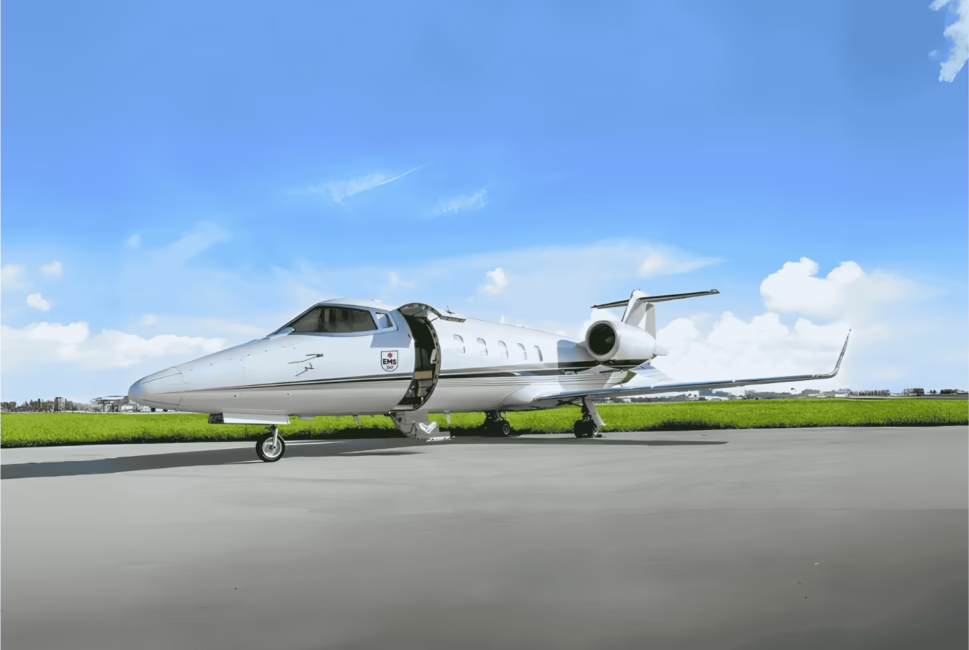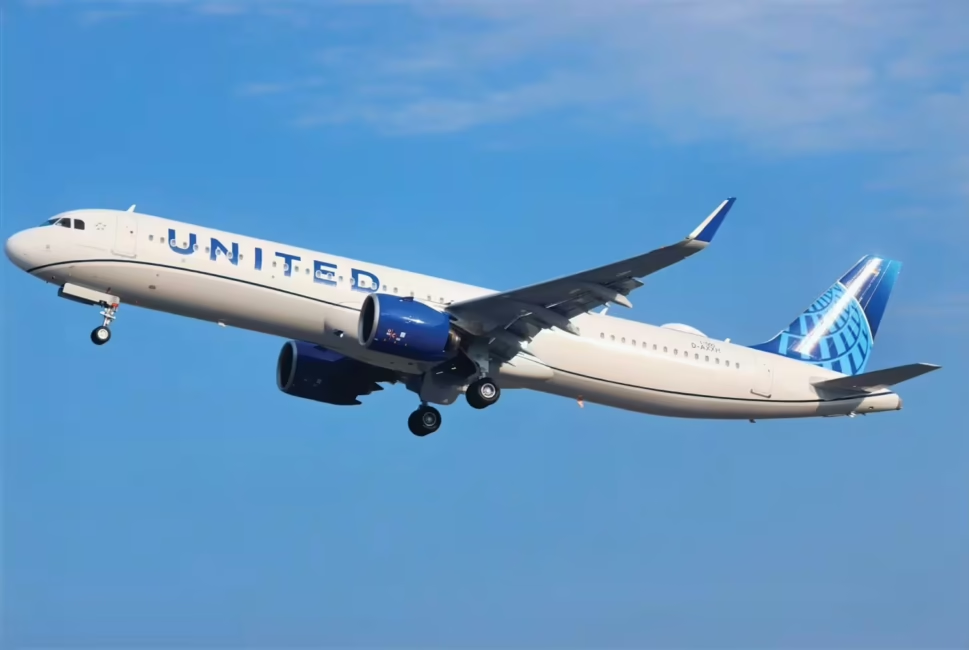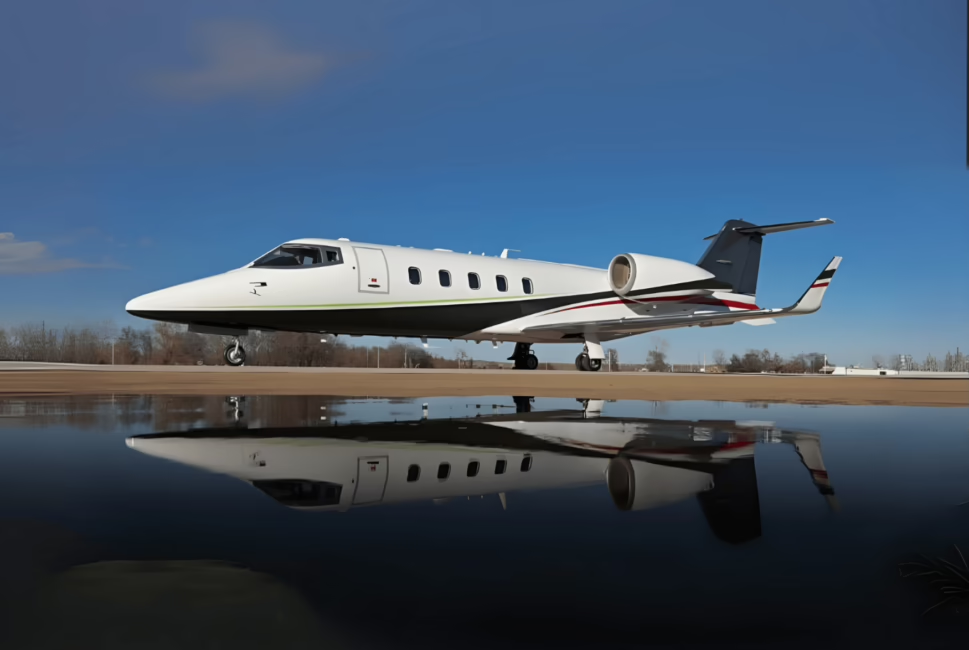EMS will take care of it
Need fast, reliable medical transportation?
Free quote in 3 easy steps
You can rest assured that our price is market-based and all-inclusive, and that it allows us to provide the best care available.
No matter where they are, we’ll safely transport your loved ones home
Repatriation, this is how it works
Our services
Always under the supervision of certified medical specialists
Air Ambulance
Medical Escort
Road Ambulance
Private Jet
Rapid Response Team
Get to know us
We believe healthcare is more than a job
With years of trusted experience, our team has safely transported hundreds of patients home. You can count on us to take care of you and your loved ones. We can help clarify the process and documentation needed for you to submit claims to your insurance provider, ensuring you have everything you need for reimbursement.

Sebastian Clarke
Repatriation Consultant
At EMS, people come fist, and it shows
Care that crosses borders, stories that stay with you
Every patient’s journey is unique, here’s how we made a difference for families across the globe. Read what others have to say about their experience with EMS.
Trusted by families around the globe












